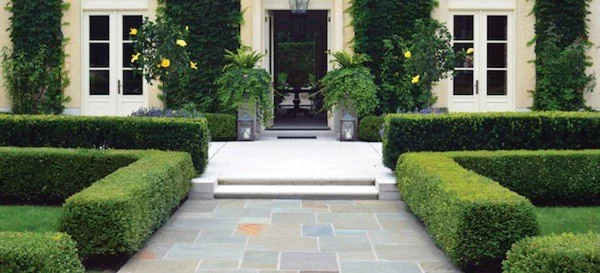
- Why an Entryway Garden is Important
- Planning Your Entryway Garden
- Choosing Plants for Your Entryway Garden
- Design Tips for Creating a Welcoming Entryway
- Maintaining Your Entryway Garden
1. Why an Entryway Garden is Important
The entryway to your home is the first impression visitors get, and an inviting garden can set the tone for your entire property. An entryway garden not only boosts the aesthetic appeal of your home but also creates a warm and welcoming atmosphere for guests. Whether it's a lush front yard or a simple garden border, the right entryway garden can make a significant impact on the overall look and feel of your home.
1.1 Enhancing Curb Appeal
A well-planned entryway garden can increase your home's curb appeal, which is essential if you're looking to sell or simply want to elevate your home's exterior. A vibrant garden filled with flowers, shrubs, or greenery provides a focal point and adds character to your house, creating a charming, inviting look. The garden can act as a natural extension of your home's style, whether it's a cozy cottage look or a modern, minimalist design.
1.2 Creating a Welcoming Atmosphere
There's something about a beautifully landscaped entryway garden that immediately makes guests feel welcome. Flowers, well-maintained plants, and a tidy path leading to the door evoke a sense of warmth and hospitality. A thoughtfully designed entryway garden will not only catch the eye of passersby but also create a sense of peace and tranquility for those entering your home.
2. Planning Your Entryway Garden
Creating an entryway garden that welcomes guests requires careful planning. Here are a few steps to help you get started:
2.1 Assessing Your Space
The first step in planning your entryway garden is to assess the space available. Take note of the size and shape of your front yard or entryway area. Consider whether you have a large space that allows for expansive garden beds or a smaller, more compact area that requires a minimalist approach. Your garden design will need to complement the layout of your home and the surrounding landscape.
2.2 Defining Your Style
Next, decide on the style of garden that best reflects your personality and complements your home's architecture. Do you prefer a formal, symmetrical garden with neat hedges and borders, or do you lean toward a more relaxed, cottage-style garden with wildflowers and informal plantings? Defining the style helps guide your choices for plants, colors, and garden accessories.
2.3 Creating a Flow
One of the most important aspects of an entryway garden is creating a smooth flow from the street or driveway to your door. The design should lead visitors naturally toward the entrance, guiding them through a well-defined path or focal point. Consider the placement of stepping stones, garden borders, or a decorative gate to enhance the path and make it an inviting journey.
3. Choosing Plants for Your Entryway Garden
Choosing the right plants for your entryway garden is crucial to creating a balanced and inviting space. Here are some factors to consider when selecting plants:
3.1 Seasonal Variety
To keep your entryway garden looking beautiful year-round, consider a variety of plants that bloom in different seasons. In the spring, choose flowers like daffodils and tulips, while summer can feature vibrant roses, daisies, or lavenders. Fall might bring in chrysanthemums or ornamental grasses, and evergreens like boxwood or holly can provide winter interest and structure.
3.2 Low-Maintenance Plants
If you're looking for a garden that’s easy to maintain, opt for plants that require minimal care. Drought-tolerant plants like succulents, lavender, and ornamental grasses can thrive in various climates and require less water and maintenance. Choose plants that fit your lifestyle, especially if you don't have the time to tend to high-maintenance species.
3.3 Color and Texture
The right combination of colors and textures can make your entryway garden pop. Mix flowers, shrubs, and foliage with different textures, such as soft, feathery grasses paired with the bold leaves of hostas or the delicate petals of begonias. Use complementary colors or bold contrasts—such as purple and yellow or red and white—to create visual interest.
4. Design Tips for Creating a Welcoming Entryway
Here are some design ideas to help you create an entryway garden that truly welcomes guests:
4.1 Add a Statement Piece
Consider adding a statement piece to your entryway garden, such as a unique sculpture, a water feature, or a decorative bench. A focal point can draw attention and give your garden character, enhancing its overall appeal. Whether it's a colorful birdbath or a rustic garden statue, a statement piece will make your garden feel more personal and inviting.
4.2 Use Symmetry for a Polished Look
Symmetry is often used in formal garden designs to create balance and order. Consider planting identical rows of flowers, placing matching planters on either side of the entrance, or creating a symmetrical pathway with well-maintained hedges or decorative stones. This creates a sense of harmony that makes the space feel more refined and organized.
4.3 Incorporate Lighting
Outdoor lighting is a great way to enhance the beauty and ambiance of your entryway garden. Soft lighting along the path or near plant beds can create a welcoming atmosphere in the evening. Use solar lights to highlight plants, trees, or sculptures, or install lantern-style lights to give your garden a cozy, inviting glow.
5. Maintaining Your Entryway Garden
Once your entryway garden is designed, it’s essential to keep it looking its best. Here are a few maintenance tips:
5.1 Regular Watering
Proper watering is key to keeping your plants healthy and vibrant. Be sure to water your plants according to their specific needs, and try to water in the early morning or late evening to minimize evaporation. Consider installing an irrigation system or soaker hoses for consistent watering.
5.2 Pruning and Deadheading
Pruning your plants regularly encourages healthy growth and keeps them looking neat. Deadhead spent flowers to encourage new blooms and maintain the shape of the plants. Trim shrubs and hedges to prevent them from becoming overgrown and to maintain a tidy appearance.
5.3 Mulching
Mulch helps retain moisture, suppress weeds, and improve the appearance of your garden. Apply a layer of mulch around your plants to keep the soil healthy and protect your plants from extreme temperatures. Organic mulches, such as wood chips or bark, are ideal for entryway gardens.
If you're looking for high-quality plants, garden tools, or accessories for your entryway garden, visit Beautiful Landscapes for the best recommendations and products to help you create the perfect welcoming space.


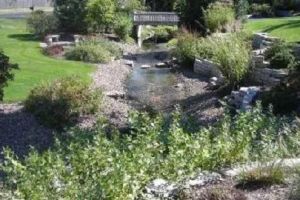
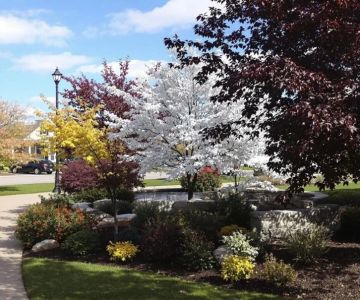
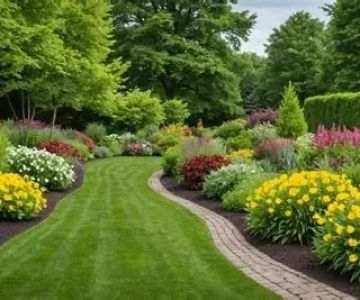

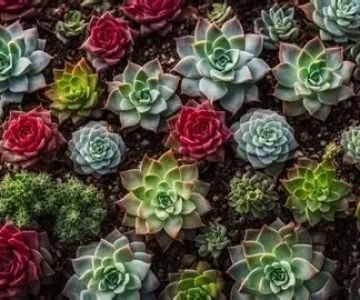
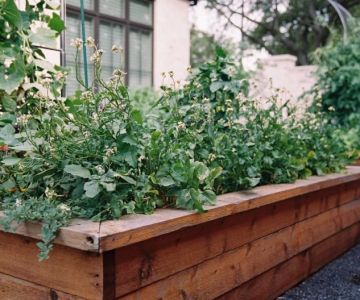
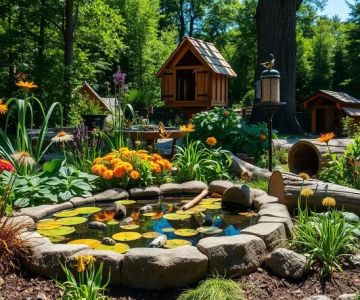
 Infinity Lawn & Landscaping4.0 (52 reviews)
Infinity Lawn & Landscaping4.0 (52 reviews) QualityWorks Trademark LLC4.0 (30 reviews)
QualityWorks Trademark LLC4.0 (30 reviews)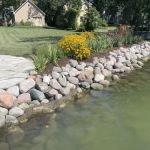 Eubanks Environmental5.0 (10 reviews)
Eubanks Environmental5.0 (10 reviews) BrightView Landscape3.0 (16 reviews)
BrightView Landscape3.0 (16 reviews) Statements In Stone Pool and Patio4.0 (47 reviews)
Statements In Stone Pool and Patio4.0 (47 reviews) Schmitt's Landscape Tree service North Aurora4.0 (4 reviews)
Schmitt's Landscape Tree service North Aurora4.0 (4 reviews)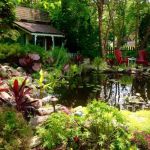 How to Landscape for Seasonal Wildlife Attraction in Your Garden
How to Landscape for Seasonal Wildlife Attraction in Your Garden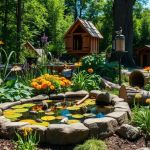 How to Build a Wildlife Habitat Garden That Supports Biodiversity
How to Build a Wildlife Habitat Garden That Supports Biodiversity How to Use Garden Art to Add Personality to Your Outdoor Space
How to Use Garden Art to Add Personality to Your Outdoor Space How to Plan Outdoor Fire & Water Features Harmoniously for Your Garden
How to Plan Outdoor Fire & Water Features Harmoniously for Your Garden How to Revive a Neglected Lawn Step by Step
How to Revive a Neglected Lawn Step by Step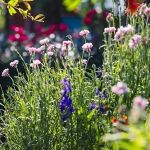 How to Choose Native Shrubs That Thrive Without Fertilizer
How to Choose Native Shrubs That Thrive Without Fertilizer